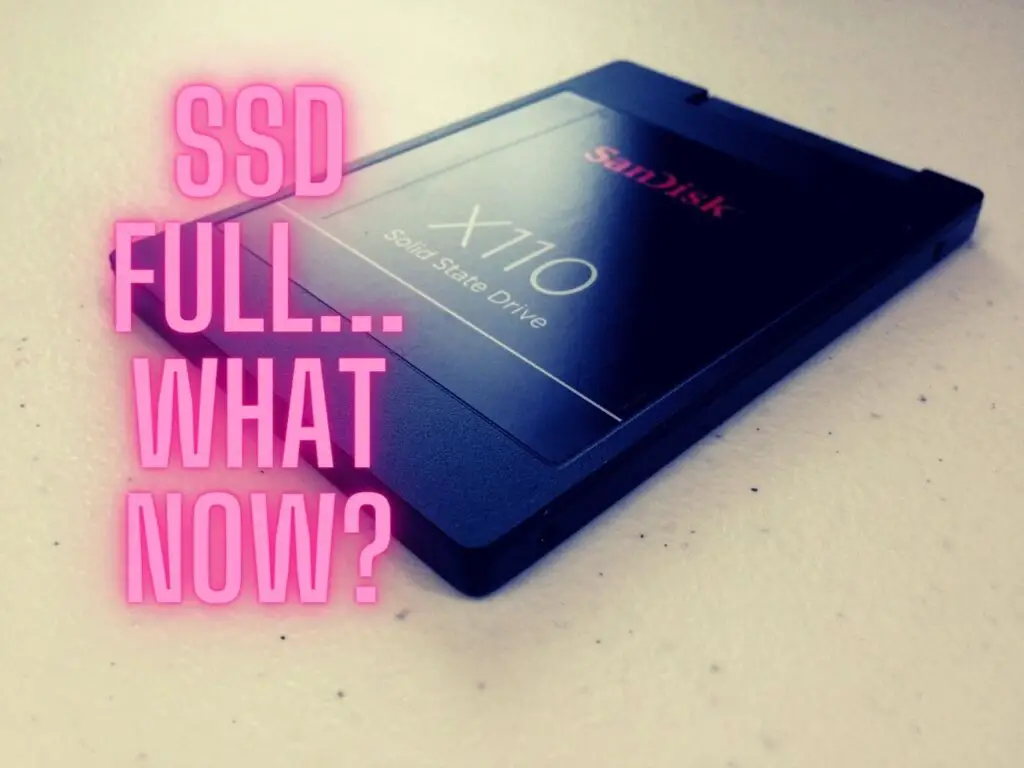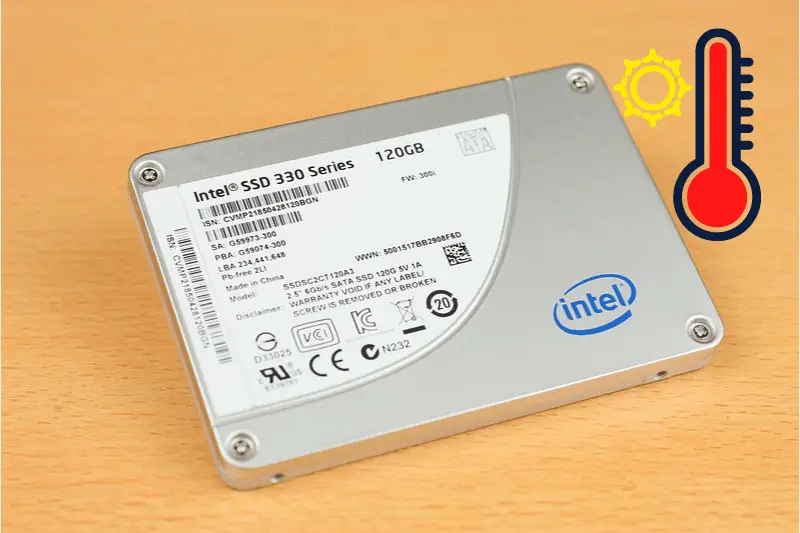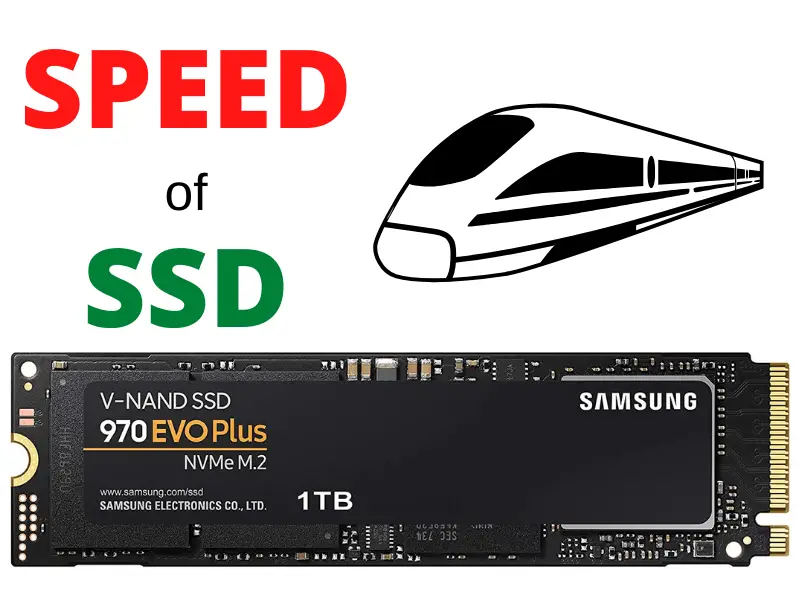As a 3D printing enthusiast, I’ve had the pleasure of experiencing various Anycubic Photon printers, such as the Photon S, Photon Mono, Photon Mono 2, Photon Mono M5, Photon M3, and Photon M3 Max.
These printers are known for their outstanding print quality and ease of use, making them an excellent choice for both beginners and experienced users alike.
Table of Contents

When it comes to printing with my Anycubic Photon, the process starts with preparing the 3D model file.
I use the Anycubic Photon Workshop software, as it provides a user-friendly interface along with the necessary parameters to optimize the print.
Once the file is ready, the next step is to choose the appropriate resin based on the desired print quality.
Throughout my printing journey, I have enjoyed the different levels of detail achievable through various settings and materials, giving me impressive results every time.
So, if you’re looking to print using an Anycubic Photon 3D printer, you’re in for an exciting and rewarding experience.
Getting Started with Anycubic Photon

I remember the excitement I felt when my Anycubic Photon first arrived. After unboxing the printer, I quickly learned the essential steps for successful printing.
Initially, I had to install the resin tank. It’s a straightforward process, but make sure the tank is properly secured to avoid any resin leaks.
Then, I moved on to level the printer. It’s crucial to have a level build platform to ensure your prints stick to the bed and come out evenly.
Moving forward, I had to choose a slicer. Anycubic recommends using their own Photon Workshop software to slice 3D models. It’s beginner-friendly and easy to use.
To prepare the 3D model for printing, I loaded an STL file into the slicer software, adjusted the desired print settings, and then exported the file to a USB drive.
Before diving into the actual printing, I familiarized myself with some popular 3D printing guides. The official Anycubic Photon user manual proved to be a great starting point for helpful tips and tricks.
With all the information and tools at hand, I soon began my 3D printing journey with Anycubic Photon.
It’s a fantastic printer that will enable you to create stunning models and unleash your creativity. Just follow these initial steps, and you’ll be on your way to success in no time!
Preparing Your Model for Printing

Slicing and Support Settings
When preparing my model for printing, I found the ANYCUBIC Photon Workshop software essential for slicing and setting up the support structures. In the software, there are preset support profiles for different types of prints:
- Heavy Support
- Medium Support
- Light Support
These settings provide a good starting point, but I recommend tweaking them according to the model’s unique requirements.
It’s essential to make sure the support structures are sufficient to prevent print failures while also being easy to remove at the end.
Additionally, the software offers an anti-aliasing feature that helps to smooth out the layer lines and improve print quality.
Choosing Resin and Color
With resin 3D printing, there are various options for resins and colors to choose from. It’s important to pick the right resin for your project based on how it will be used. Some resins have unique properties, such as:
- Flexible Resins
- High-temperature Resistant Resins
- Castable Resins
In general, ANYCUBIC resins come in different colors, such as clear, white, grey, and black. The color choice will depend on your model’s intended application and personal preferences.
It is crucial to know the recommended bottom exposure time and regular exposure time for your selected resin to ensure a successful print.
Model Orientation and Hollowing
Getting the correct model orientation is vital to reduce support structures, minimize print time, and improve print quality.
By angling the model, I can reduce the chances of print failures and minimize the support needed. However, care should be taken not to place parts of the model at too steep an angle, as this can cause printing difficulties.
Hollowing the model can help save resin and reduce print time, but it is essential to make sure the model’s walls are thick enough to withstand the printing process and handling afterward.
You can use the ANYCUBIC Photon Workshop to hollow your model and adjust the wall thickness as needed. Remember to add drainage holes to allow uncured resin to escape while printing.
With these preparation steps, your 3D print should come out successfully while optimizing resin usage and print quality. Happy printing!
Optimizing Print Quality

Layer Height and Exposure Times
When working with an Anycubic Photon 3D printer, it’s essential to find the right balance between layer thickness, exposure time, and the number of bottom layers.
I recommend starting with a layer height of around 0.05mm to achieve a high-quality print. Adjusting the exposure time for both the bottom layers and the rest of the layers is crucial for achieving a well-printed object.
Usually, a longer exposure time is needed for bottom layers to ensure proper adhesion to the build plate.
For the rest of the layers, you may adjust the exposure time based on the resin you are using. It’s key to run some tests before committing to a final print so you can find the optimal exposure settings.
Machine Maintenance and Calibration
As a proud Anycubic Photon user, I cannot stress enough the importance of properly maintaining and calibrating the machine.
First, keep the firmware up to date, as it may include improvements and bug fixes.
Ensuring your printer is level is another vital aspect of producing great prints. Periodically check the leveling of the build plate and make adjustments as necessary.
Additionally, don’t forget about the Z-axis; it should be able to move smoothly without any wobbling or binding.
Regular maintenance is a must, and it involves cleaning the resin vat, checking for any debris on the LCD screen, and inspecting the FEP film for any scratches or cloudiness.
Exposure detection can also be a helpful feature to monitor the printer’s performance and make adjustments accordingly.
In conclusion, taking care of these aspects will result in an improved print quality that will make your 3D printing experience with the Anycubic Photon even more enjoyable. Happy printing!
Post-Processing and Safety Measures

Cleaning and Curing
After printing with an Anycubic Photon resin printer, it’s important to properly clean and cure any uncured resin remaining on your prints.
I typically use isopropyl alcohol for cleaning, as it effectively removes all traces of resin. It’s essential to use nitrile gloves and safety glasses during this process to protect your skin and eyes against chemicals.
Now, let me give you a quick rundown of the cleaning and curing process:
- Remove the print: Carefully remove your print from the build plate with a scraper or spatula.
- Wash with isopropyl alcohol: Submerge the print in isopropyl alcohol and gently agitate it to remove any uncured resin. I find it helpful to use a soft-bristle brush for stubborn areas.
- Rinse: Rinse the print with clean isopropyl alcohol or water to remove any remaining residue.
- Dry: Pat the print dry with a lint-free cloth or paper towel.
- Cure: Expose the print to UV light for the recommended amount of time, usually 10-20 minutes, to harden the material and improve its mechanical properties.
Health and Environmental Safety
Working with a resin printer means dealing with chemicals that may pose health and environmental risks. For this reason, it’s crucial to follow recommended safety measures:
- Gloves: Always wear nitrile gloves when handling resin, as it can cause skin irritation.
- Safety glasses: Since resin splashes could potentially cause eye damage, make sure to wear safety goggles while working with it.
- Mask: Since some resins might emit harmful fumes, it’s a good idea to wear a mask while working with uncured resin.
- Ventilation: Ensure proper ventilation in the workspace to minimize the inhalation of harmful fumes.
- Resin handling: Store resins in tightly sealed containers and avoid pouring them down the drain to minimize environmental impact.
By following these guidelines, you’ll be able to safely and effectively print with your Anycubic Photon resin printer while staying mindful of your health and the environment.




